From their mythical origins to their 2600-year-old line of succession, the Japanese imperial family is the oldest hereditary monarchy in the world. Their lineage dates to the 6th century BC. Traditions and rituals remain unchanged.
In May 2017, Princess Mako, daughter of Crown Prince Akishino and Crown Princess Kiko, announced her marriage to a regular, Kei Komuro. However, a financial dispute between Kei Kumoro and his mother postponed the wedding for three years. This led to the disapproval of the couple's upcoming wedding among the Japanese public. Furthermore, it caused Princes Mako to develop complex post-traumatic stress disorder.
Held at a government office, a simple wedding ceremony will take place on October 26, 2021.
This may seem like a royal wedding, but it has a different meaning than those around the world. By marrying a non-royal, Princess Mako relinquishes her royal title. Media scrutiny of the couple did not lead to this action. This is due to the Imperial Household Act of 1947, a law of Japanese law that dictates the line of imperial succession.
The Japanese Emperor Family has a good grasp of tradition. Throughout their mythical history, they never deviate from their path unless necessary.
Historical Chronicles of Ancient Japan
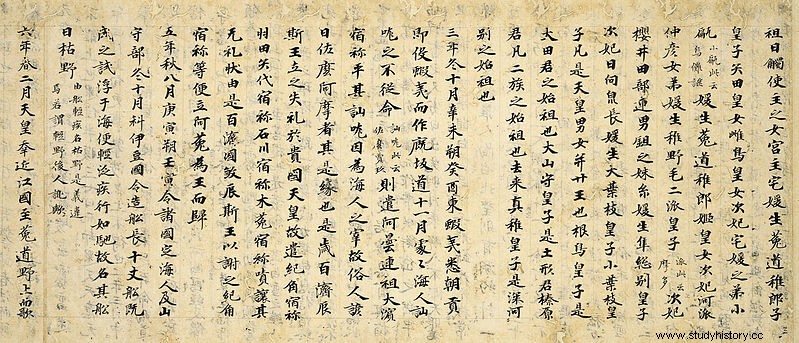
There are two chronicles that dictate the history of ancient Japan and therefore the imperial family.
The first is Kojiki , 'Record of Ancient Matters', written in 713 AD. It is a collection of myths of origin about the four most important islands in Japan. In addition, it mentions the mythical origins of Kami, spirits worshiped in the Shinto religion.
The other is Nihou Shoki , 'The Chronicles of Japan', written in 720 AD. It consists of the oldest official history of Japan.
The mythical origins of the imperial family
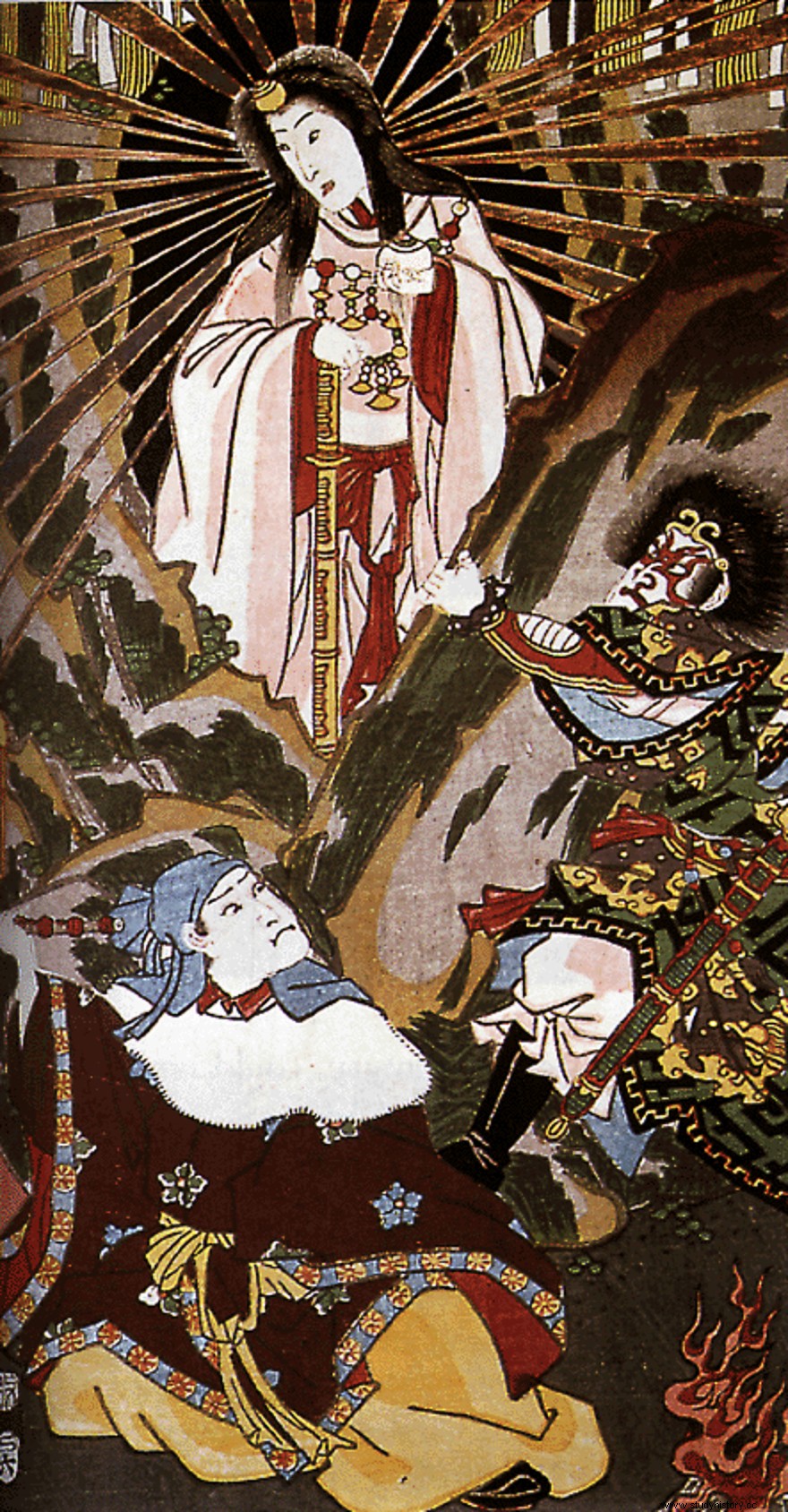
The myth begins with Amaterasu Omikami, the sun goddess.
Her brother, Susanoo-no-Mikoto, the storm god, killed a weaver as part of a practical joke. The blame fell on the sun goddess. She saw herself as a failure not to take precautions against her brother's behavior. Her guilt consequently led to her living out the days in a cave, Ama-no-Iwato (Heavenly Rock). She sealed the cave when she entered. As a result, the world plunged into darkness.
Ishikordome, the God of mirror makers, created a large mirror.
Tamano'oyo, the God of jewelers, made a pearl of jewel pearls the length of a mirror.
Ame-no-Uzume-no-Mikoto, a heavenly prophet, hung the mirror and the jewel pearls outside the cave. He tried to pull out Amaterasu. Terrified to see her reflection, a necessary distraction, the gods were able to pull her from the cave. Therefore, they gave the world light again.
Susanoo apologized to her sister and gave her a sword.
The mirror, the jewel and the sword became sanshu-no-jingi , Imperial Regalia.
Amaterasu gave Imperial Regalia to his grandson, Ninigi-no-Mikoto, before sending him to Earth to rule Japan.
The first emperor of the imperial family
The Imperial Regalia is passed down from generation to generation, emperor to emperor. It started with the son of Ninigi-no-Mikoto, Emperor Jimmu, the first emperor of Japan. According to myth and legend, he is the descendant of two important figures in the Shinto religion, the sun goddess and the storm god.
Emperor Jimmu ascended to the throne of Chrysanthemum in 660 BCE To this day, the royal hereditary line remains unbroken. However, there is little evidence to confirm the ancient royal tree in the family.
Stories tell of the emperor who had mythical powers and spoke to the gods.
He was not involved in the day-to-day running of the country. He considered these duties under himself. Instead, he left the ministers and advisers in charge of the country.
Decline and rise of imperial power
Around the 10th century AD, elite samurai class grew. Therefore, the influence of the monarchy diminished. Their influence diminished further due to the inability of the emperors to rule the people of Kyoto. Kyoto is the traditional seat of the monarchy.
Shogunates, Japan's system of hereditary military governments, ruled on behalf of the empire until the 19th century.
During the Meiji Restoration (1868), Emperor Meiji moved the monarchy to Kyoto. The centralized state of the emperor's power ended the shogunate.
The duty of the imperial family
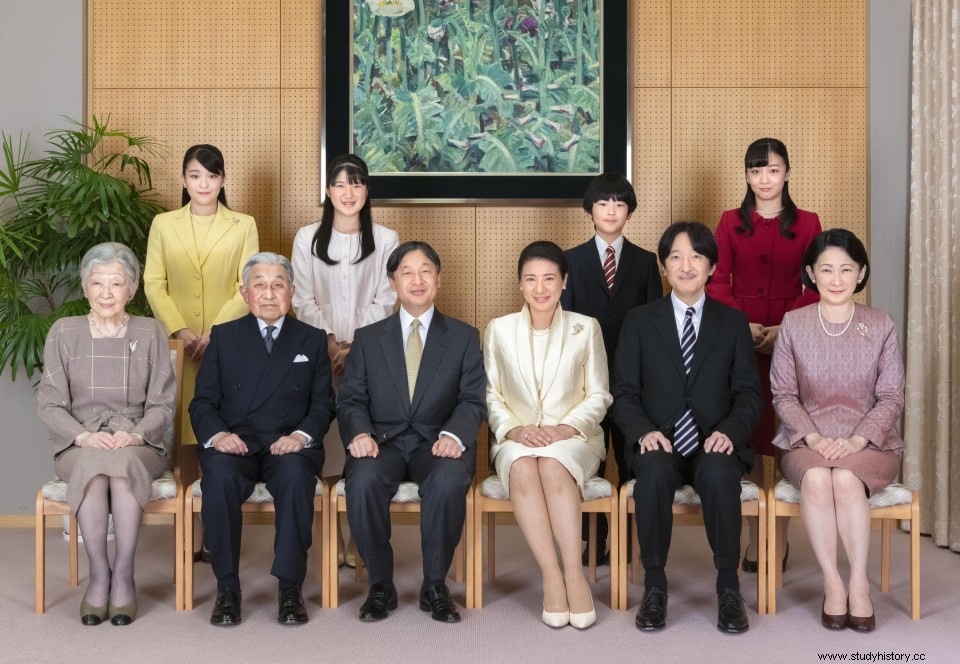
Members of the imperial family attend official functions. They participate in religious rituals in the Imperial Palace. Not all members are allowed to have last names, personal fortunes or publicly express opinions.
The Imperial Emperor and Empress
After the succession to the throne, the Crown Prince receives imperial regalia. They became symbols of the emperor's power and authority.
First, Yata-no-Kagami represents the mirror, wisdom.
Second, Yasakani-no-Magatama represents the jewel, benevolence.
Third, Kusanagi-no-Tsurugi represents the sword, bravery.
It is forbidden for the emperor to engage in political matters. The purpose of his duties lies in symbolic actions that unite Japan, in addition to keeping Japanese traditions alive.
Above all, his most important tasks are:
- Visiting dignitaries and world leaders.
- Arranging state dinners.
- Appears at important festivals.
- Performs opening ceremonies.
- Consoling victims of disasters.
Then his other duties are to appoint the Prime Minister and Supreme Court Judge, to witness meetings in the Cabinet, to award honors and to receive honors from foreign ambassadors.
The Empress makes public appearances with her husband. She must take two respectful steps behind her husband when he enters. In addition, she speaks only half as much as her husband does to the press.
Japanese Imperial Household Agency
The Japanese Imperial Household Agency manages everything done by the imperial family publicly. A bureaucratic organization with 1124 members, they strictly follow rules based on traditions and rituals.
The Household Agency returns to Japan from the 7th century, as mentioned in imperial records.
The modern agency was formed in 1869, during the Meiji era and after the fall of the shogunate.
The reign of Emperor Taisho was when the agency's power rose. Together with established regulations, they forbade the emperor to give direct quotations. This protected him from being ashamed of himself and the country.
Furthermore, the household agency's main responsibility is to ensure the dissemination of positive information about the imperial family. In addition, they approve and approve the emperor's schedule.
Japanese Imperial Law:Women Can't Be Empresses
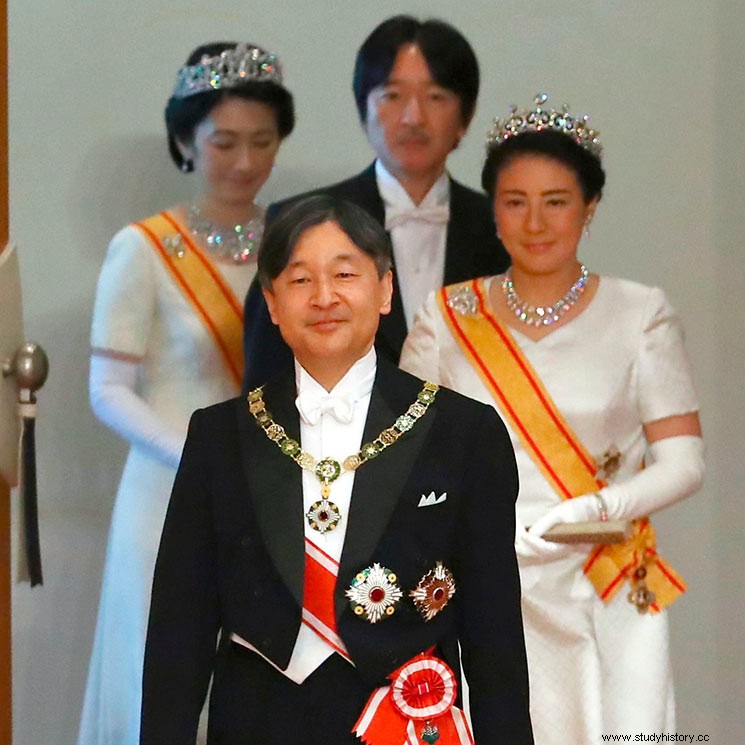
According to Imperial Law, Chapter 1:Succession to the Imperial Throne, Article 1:'The Imperial Throne shall be succeeded by a male offspring in the male line belonging to the Imperial Lineage.'
Inheritance law became stricter during the Meiji Era (1868 - 1912) as Japan moved towards modernization.
The role of the emperor changed. He was restored as military commander. Therefore, women could no longer command the military. Furthermore, Meiji leaders saw no point in having ruling female empresses. Therefore, they established and emphasized the line of inheritance that was only for men.
Another argument against female successors was marriage. Should a princess marry a regular and have children, it would weaken the royal bloodline. In addition, the princess wanted to relinquish the royal title. Therefore, her children, especially her sons, would not carry royal titles. As a result, it would end the legacy of men.
The Success Act took inspiration from the Prussian constitution, which forbade women to ascend the throne. In 1889, Japan enforced the same law.
The Meiji era was a period of emphasis on the perceived superiority of men over women.
For the time being, the law says that only male heirs to emperors on the father's side can ascend the throne.
The line of success of the imperial family
The order of the line of succession:
- The Emperor's eldest son.
- The eldest son of the emperor's eldest son.
- Other descendants of the emperor's eldest son.
- The Emperor's second son and his descendants.
- Other descendants of the emperor.
- The Emperor's brothers and their descendants.
- Uncles of the emperor and their descendants.
There are 18 members of the imperial family.
However, they are threatened by inheritance law. There are 13 royal females and only five royal males. The law prohibits female members from inheriting the Chrysanthemum throne. It is unclear whether there will be a change in tradition in the midst of the crisis.
Emperor Naruhito is the current emperor of Japan. Three imperial family members will succeed him. First the emperor's younger brother, Crown Prince Akishino. Secondly, the Crown Prince's son, Prince Hisahito. Third, 85-year-old Prince Hitachi, brother of former Emperor Akihito.
The development of the completely male line of inheritance lies on the shoulders of the 15-year-old prince Hisahito. If he does not marry and have a male heir, the traditional line of succession will be broken.
In short, the heir to the imperial family is threatened.
On the other hand, records from the imperial family show eight empresses inheriting the throne. Although the rise due to circumstances was mainly to prevent power struggles. Yet they proved to be impeccable rulers in Japan.
The eight empresses of the imperial family
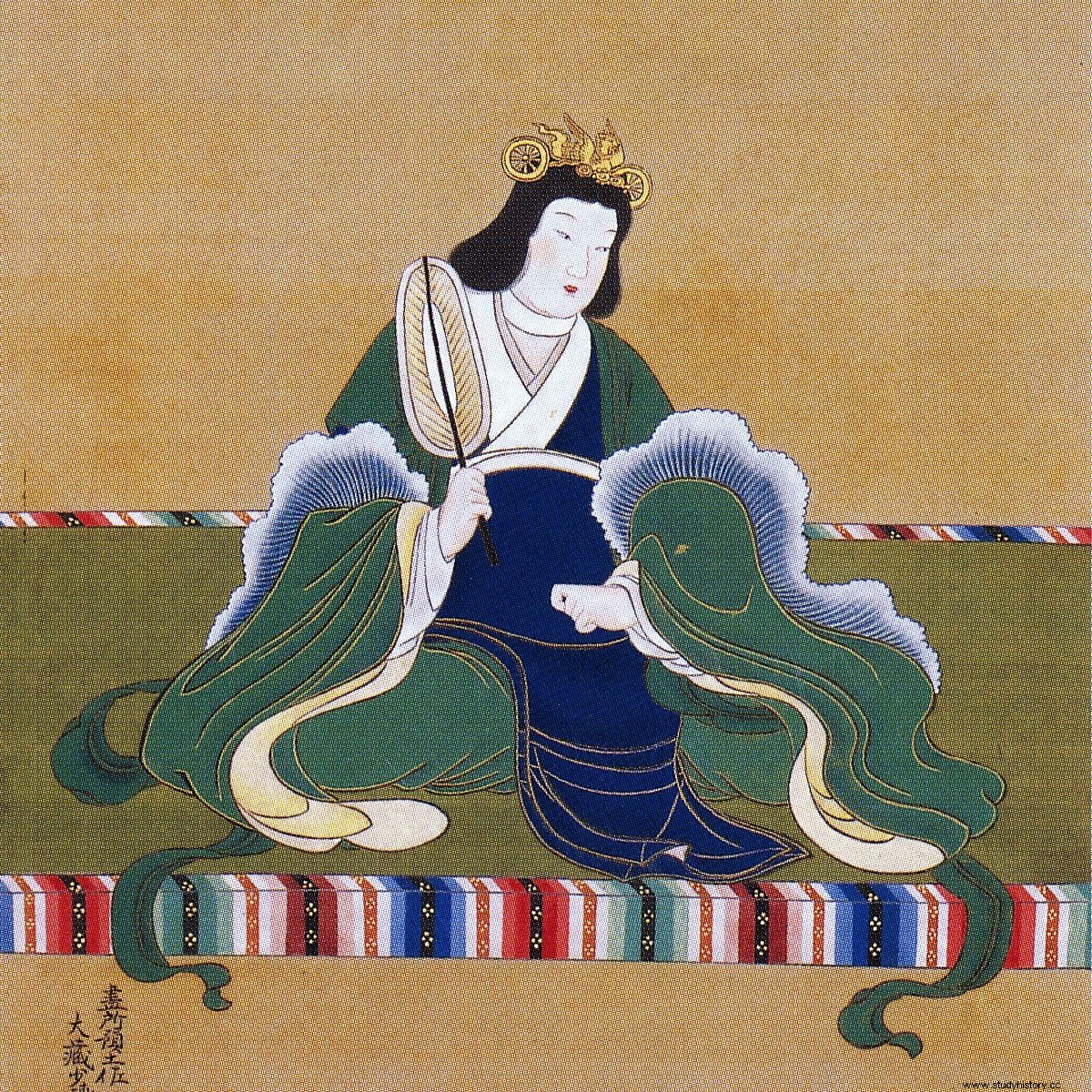
Empress Suiko
Mikekashiya-hime-no-Mikoto ascended to the throne in 592 AD. She took the name Empress Suiko. It was after the assassination of Emperor Sushun, her predecessor, by a Soga clan member.
Empress Suiko's mother was a Soga clan member. Her rise gave political stability.
In addition, she helped spread Buddhism and introduced Japan's first constitution.
She reigned until 628 AD
Empress Kōgyoku / Saimei
After Emperor Jomei's death, there was no order.
His wife, Takara, ascended to the throne as Empress Kōgyoku from 642 AD. to 645 AD
She abdicated when her younger brother, Emperor Kōtoku, ascended. After his death, there was no clear candidate to succeed him.
Therefore, his older sister ruled again under the name Saimei from 655 AD. to 661 AD
Empress Jitō
Unonosarara, daughter of Emperor Tenji, was the wife of Emperor Tenmu.
Emperor Tenmu became ill and handed over his imperial power to his wife and son, Prince Kusakabe. Oddly enough, the prince never ascended the Chrysanthemum throne.
His mother succeeded his father as Empress Jitō from 690 AD to 697 AD.
After her son's death, she continued to rule until her granddaughter, the future Emperor Monmu, was old enough.
Empress Genmei
Abe-hime was the daughter of Emperor Tenji and half-sister of Empress Jito. In addition, she was the wife of Prince Kusakabe and the mother of Emperor Monmu.
Her granddaughter, the future Emperor Shōmu, was too young to ascend the throne after her father's death.
From 707 AD to 715 AD. she ruled Japan as Empress Genmei.
Empress Genshō
Hidaka-hime is the only woman who has followed another in the imperial succession. After the abdication of Empress Genmay, she ascended to the throne as Empress Genshō. The future emperor Shōmu was still too young.
She reigned from 715 AD. to 724 AD
Empress Kōken / Shōtoku
Abe was the daughter of Emperor Shōmu. She is still the first woman to be named as the first in line for the Chrysthemum throne. Although this was official, it was due to the brother's untimely death.
Under the name, Empress Kōken, she reigned from 749 AD to 758 AD.
She abdicated when her cousin, Emperor Junnin, took the throne
However, a power struggle broke out between the cousins. Emperors Junnin's supporters attempted an uprising to gain authority, known as the Fujiwara no Nakamaro uprising.
Koken's forces, on the other hand, proved victorious in the battle against Junnin's power. Furthermore, the Buddhist monk Dyōkō supported her.
As a result, the power struggle left Junnin dethroned.
She took the name Empress Shōtoku and ruled from 764 AD. to 770 AD
Empress Meishō
Okiko was the only daughter and child of Emperor Go-Mizunoo. He abdicated after a dispute between Tokugawa Shogunate and the imperial court. His daughter succeeded him as Empress Meishō from 1629 to 1943.
After her inheritance, the father had a son. She reigned until her brother, the future emperor Go-Kōmoyō, was old enough.
Empress Go-Sakuramachi
Toshiko was the daughter of Emperor Sakuramachi and sister of Emperor Momozono.
She ascended the throne after her brother's death. His son was too young to become emperor.
As Empress Go-Sakuramachi, descended from 1762 to 1770, until her nephew was ready to reign as Emperor Go-Momozono.
Cultural significance of the imperial family
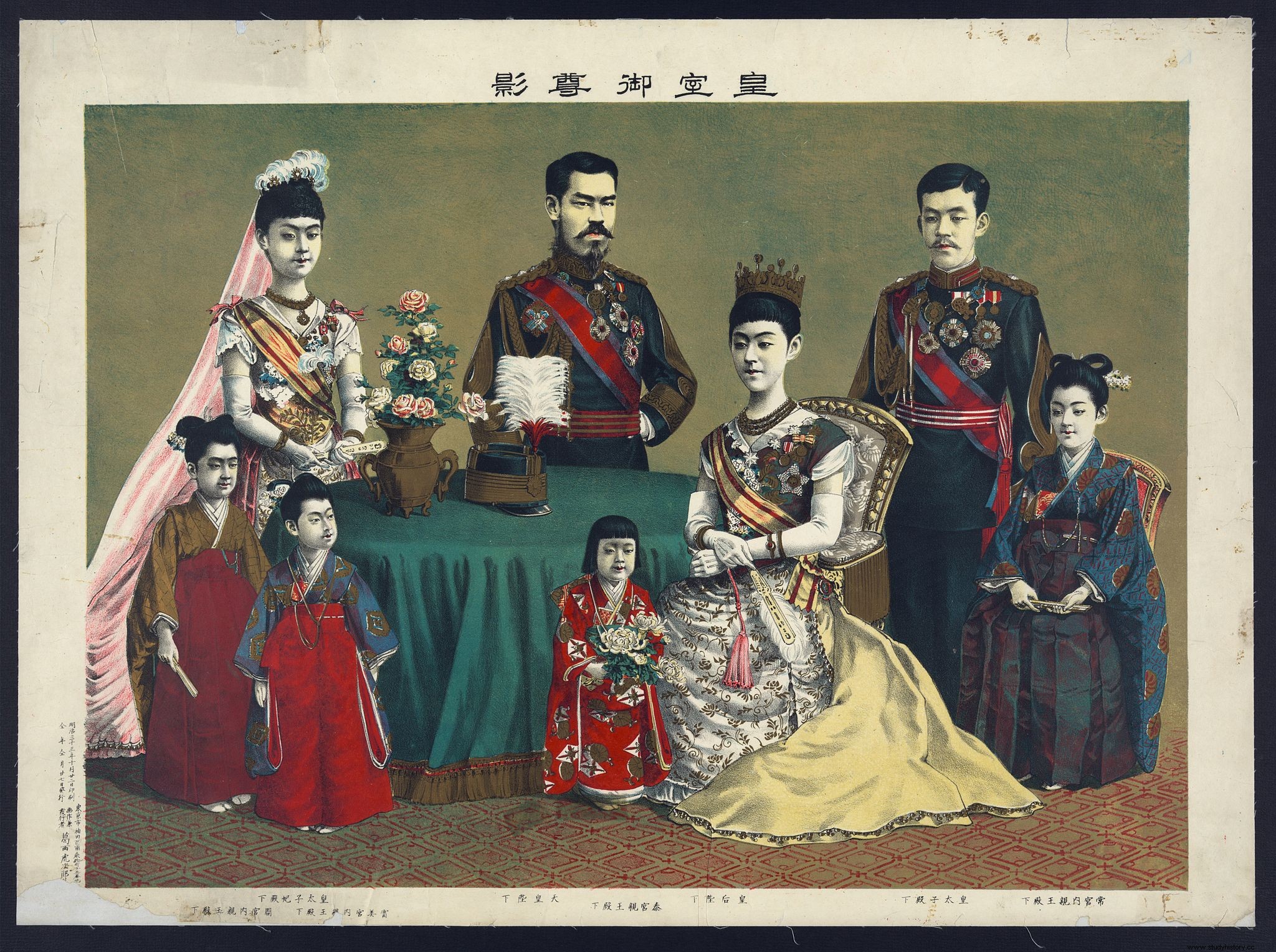
The imperial family is the oldest hereditary monarchy in the world.
For thousands of years, their traditions and rituals have been kept alive through their bloodline. The cultural and traditional aspects of ancient Japan live through the veins of the imperial family. It's like they go down in history.
Many can see that following the tradition is outdated, given the enormous modern changes of the 21st century. However, some disagree. Consequently, they see that following these traditions gives the imperial family its unique identity.
Despite the debates, the order of male heirs gives historians a chance to see the growth of the imperial family. Their development, as well as that of Japan, can be seen on a constant timeline. Every war, battle and coronation is documented. This is not just to preserve history, but to further prove the imperial bloodline. However, further evidence is needed to verify certain parts of the story, but there has been no doubt yet.
However, many wonder if certain circumstances will lead to a breach of tradition.
According to imperial law, Princess Mako will marry Kei Komuro later this month. Everyone wishes her luck on the new journey she is about to take.
One for a while
"Meet once in a lifetime."
- Japanese proverb.
(Meetings in life are temporary. Therefore, be careful to treat people with an attitude that does not leave remorse.)
